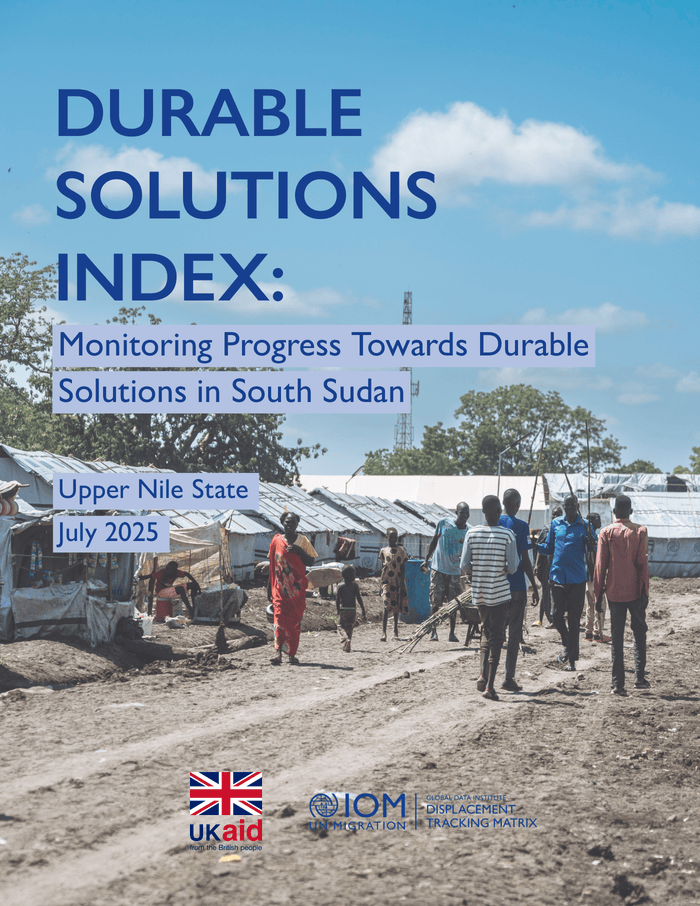This assessment, titled the ‘Durable Solutions Index’ (DSI), is specifically designed to evaluate the progress made towards achieving durable solutions for IDPs, returnees, and their host communities within the particularly affected states of Upper Nile and Unity in South Sudan. These states have hosted large displaced populations for extended periods, and are also significant areas of return, including for those recently arriving from Sudan, and face unique challenges including resource competition and the impacts of climate shocks like historic flooding. The assessment focuses on understanding the current conditions and the extent to which the criteria for durable solutions are being met on the ground.
The DSI is designed to provide a granular and evidence-based understanding of the prevailing state of durable solutions criteria in the targeted regions. The findings are intended to directly inform and enhance in-country initiatives focused on community empowerment and the programming of durable solutions by the government, development partners, and humanitarian organizations. This aligns with the national “South Sudan Durable Solutions Strategy and Plan of Action” and contributes to the broader discussions and the Action Agenda concerning the measurement of progress towards solutions. A core component of this assessment involves operationalizing the eight criteria of the Framework for Durable Solutions, as produced by the IASC, to guide the analysis and inform targeted, context-specific interventions in key areas of concern, such as security, access to basic services, livelihood opportunities, and governance. The ultimate objective is to support the transition from humanitarian assistance to long-term development and peacebuilding efforts in areas of displacement and return.
Data collection took place from the end of February to mid-April 2025. The final sample includes 13,554 respondents, covering 21 counties, 134 payams, and 443 bomas in South Sudan’s Unity and Upper Nile states. It is representative at a 95 per cent confidence level with a 1 per cent margin of error at the state level, 3-5 per cent at the county level, and 9-12 per cent at the payam level.
Overall, at the state level Upper Nile clearly outperforms Unity, with an average DSI of 3.8 (out of 5) compared to Unity’s 3.3. In addition, Unity has less than half the proportion of respondents with a DSI considered “high” (4+ criteria achieved) compared to Upper Nile (10% of households in Unity and 27% of households in Upper Nile). The highest-performing criteria are Access to Livelihood and Safety and Security, and the lowest is Access to Documentation.



